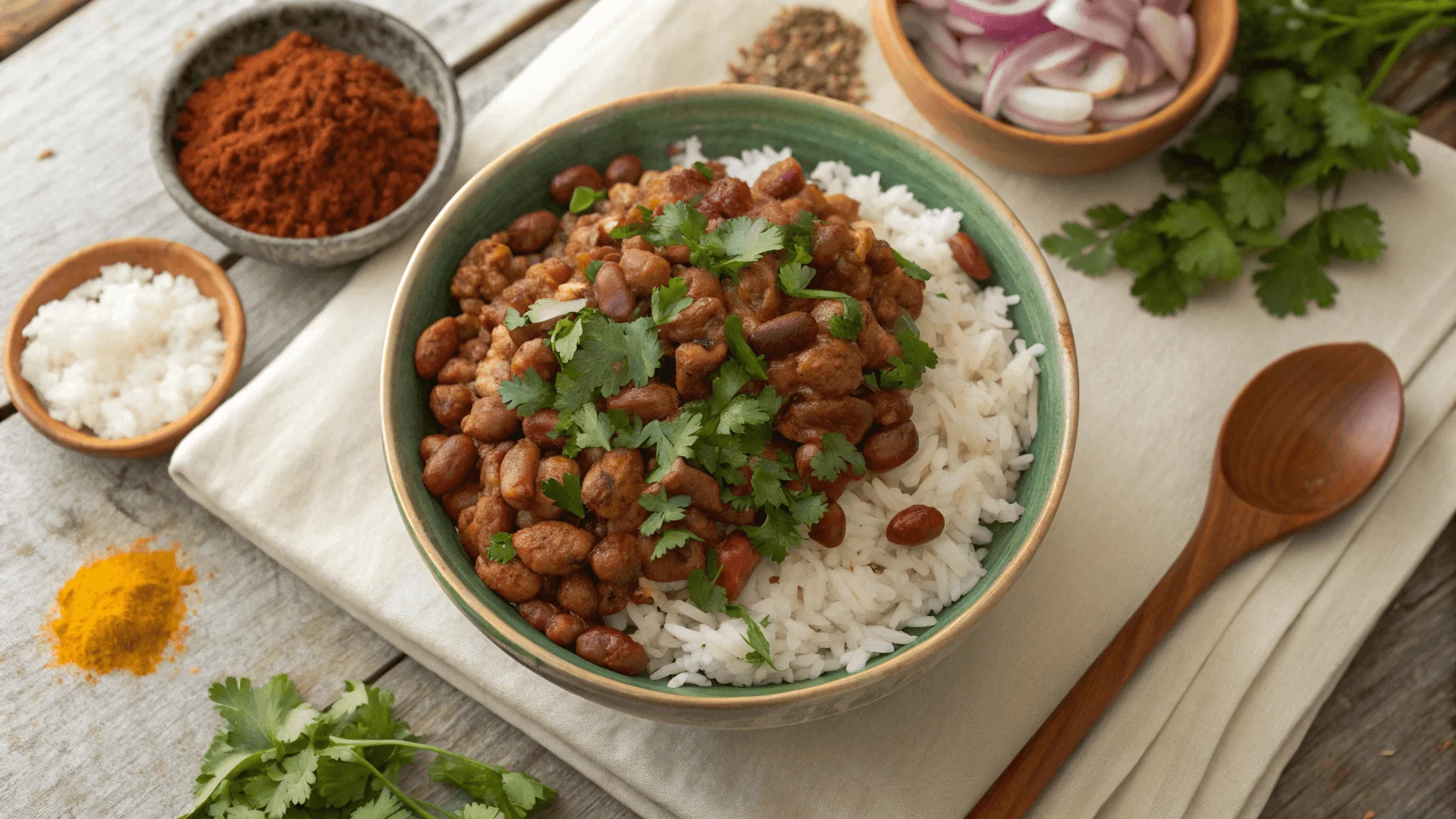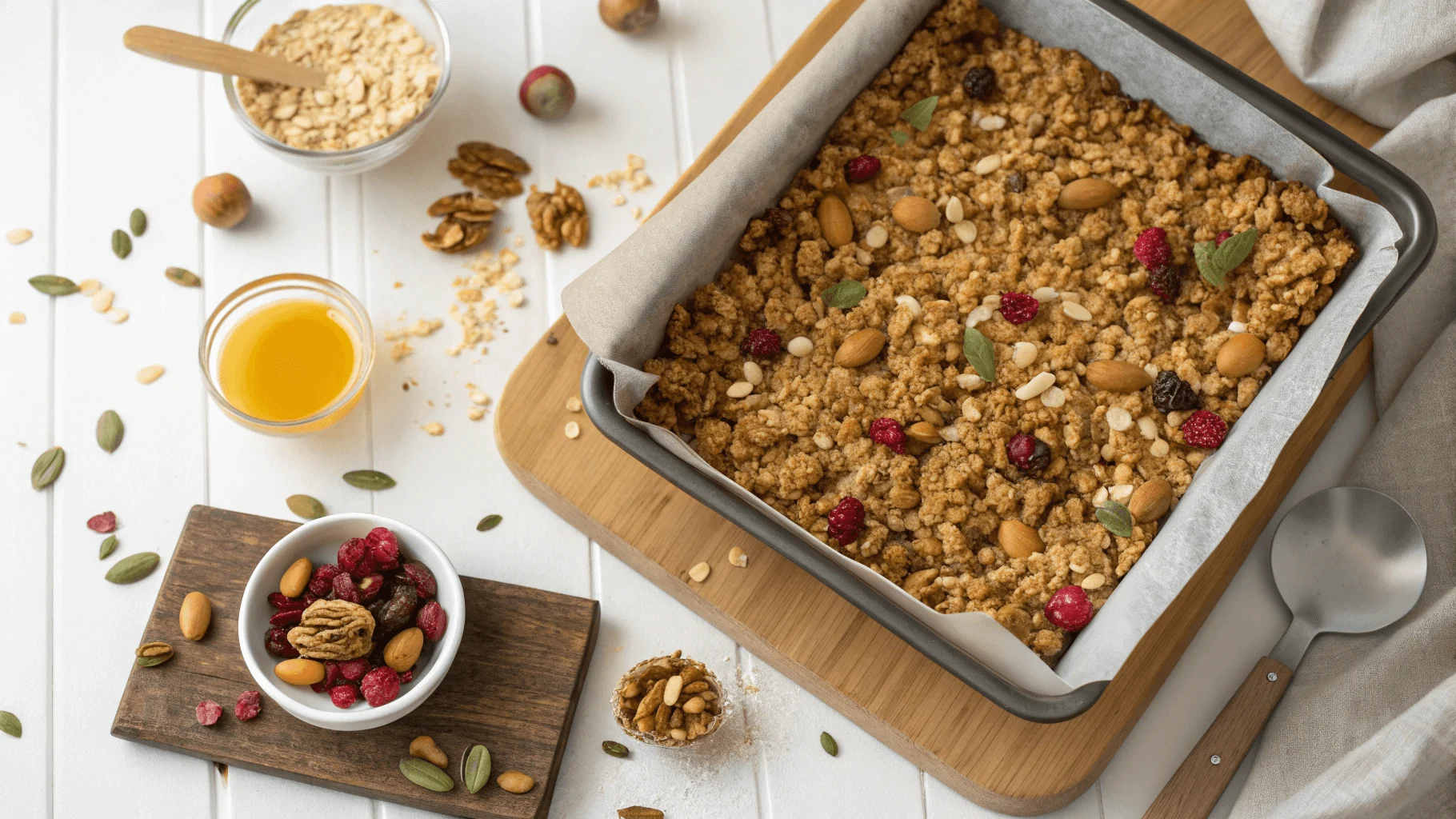When it comes to cooking shrimp, achieving the perfect texture can sometimes be tricky. Shrimp often become tough and rubbery if you don’t prepare them correctly, especially when frying. One technique that many chefs and home cooks swear by to ensure tender, juicy shrimp is soaking them in milk before frying. While this might seem like a small and simple step, it actually plays a significant role in improving the final result.
The question, “Why do you soak shrimp in milk before frying?” has intrigued many people who want to enhance their shrimp dishes. In this article, we will explore the science behind this method, its benefits, and how it can make your shrimp even more delicious. From understanding the chemistry of milk’s interaction with shrimp to cooking tips and alternative marinades, we will cover everything you need to know to get the most out of this simple yet effective technique.
Shrimp Preparation: An Essential First Step
How Shrimp Are Typically Prepared for Frying
Before we discuss why soaking shrimp in milk is beneficial, it is important to understand how chefs usually prepare shrimp for frying. Typically, shrimp are peeled and deveined before frying, which removes any inedible parts and makes them more enjoyable to eat. After that, chefs season them with salt, pepper, or other spices to enhance their flavor.
However, the preparation process goes beyond simple seasoning. Many chefs recommend soaking shrimp in a liquid before frying to achieve a more desirable texture. The liquid can be anything from water to buttermilk or, as we will explore in this article, milk. The soaking process helps the shrimp absorb moisture and flavor, making them juicier and more tender after frying.
For detailed frying tips, check out these expert shrimp frying techniques.
Why Milk Is Chosen Over Other Liquids for Soaking Shrimp
When considering why milk is the preferred soaking liquid for shrimp, there are several key factors to keep in mind. Milk contains lactic acid, which acts as a natural tenderizer for proteins. This is particularly helpful when frying shrimp, as it prevents them from becoming rubbery. Additionally, the proteins in milk help bind seasoning to the shrimp, allowing for a more even flavor distribution. Milk also has a mild flavor that complements the natural taste of shrimp without overpowering it.
The balance of fat, protein, and water in milk creates the perfect environment for shrimp to soak without losing their delicate texture. This combination helps shrimp maintain moisture during the frying process, resulting in a crispy exterior and juicy interior.
If you’re looking for a full breakdown on shrimp recipes, explore shrimp garlic butter recipes for inspiration.
The Role of Milk in Cooking
Milk’s Natural Enzymes and Proteins: How They Affect Shrimp Texture
One of the key reasons why milk works so well when soaking shrimp before frying is due to the enzymes and proteins in milk. These substances play an important role in altering the structure of the shrimp’s proteins. When you soak shrimp in milk, the enzymes break down some of the tough fibers in the shrimp’s muscle, resulting in a softer and more tender texture.
The proteins in milk also help form a protective layer around the shrimp. This layer locks in moisture, ensuring that the shrimp do not dry out during the frying process. As a result, you get shrimp that are tender on the inside while maintaining their crisp, golden exterior after frying.
How Soaking in Milk Helps Achieve a Tender Texture
Tenderness is often the most desired quality in shrimp when preparing them for frying. Overcooked shrimp turn tough and chewy, which is why many chefs swear by soaking shrimp in milk. The proteins and enzymes in milk act as a gentle tenderizer, breaking down the shrimp’s tougher fibers while preserving its delicate texture.
Moreover, milk helps shrimp retain moisture during frying. As the shrimp cook, the moisture inside them stays locked in, resulting in a juicier bite. This prevents shrimp from becoming dry or tough, which is especially important when frying at high temperatures.
To elevate your shrimp dishes even further, you might want to pair them with the best side dishes for shrimp.
Cooking Techniques: How Milk Soaked Shrimp Are Fried
The Best Frying Methods for Milk Soaked Shrimp
When frying milk-soaked shrimp, choosing the right frying method is essential. The most common methods include deep frying, shallow frying, or pan-searing. While all of these methods work, the key is to fry the shrimp at the right temperature for the right amount of time.
For deep frying, heat the oil to around 350°F (175°C). This allows the shrimp to cook quickly, forming a crisp crust while maintaining a moist interior. For shallow frying, use medium-high heat and cook the shrimp for about 2-3 minutes on each side. Regardless of the method, it is important to monitor the temperature of the oil to avoid overcooking the shrimp.
How Long Should Shrimp Be Fried After Soaking in Milk?
The duration of frying shrimp that have been soaked in milk depends on the size of the shrimp and the temperature of the oil. In general, fry shrimp for about 2-3 minutes or until they turn golden brown and crispy. Since shrimp cook quickly, it is important to avoid overcooking them. Overcooked shrimp lose their tenderness and become rubbery.
Additionally, make sure the shrimp are evenly coated before frying. This ensures that the milk-soaked shrimp get a consistent, golden-brown crust. Once fried, serve them immediately to enjoy the optimal texture and flavor.
Alternative Marinades for Shrimp
Other Marinades You Can Use Instead of Milk
While milk is a popular choice for soaking shrimp, other marinades can also achieve a tender, flavorful result. Some common alternatives include buttermilk, yogurt, and even citrus juices. Each of these options brings unique flavors and properties to the table.
- Buttermilk: Similar to milk, buttermilk contains lactic acid, which helps tenderize the shrimp. It also adds a tangy flavor that can enhance the shrimp’s natural taste.
- Yogurt: Yogurt has a thick texture and is rich in probiotics, which can help tenderize shrimp in a similar way to milk.
- Citrus Juices: Citrus juices like lemon or lime can add a zesty, fresh flavor to shrimp. The acid in the citrus juices also helps break down tough proteins, though they may not be as effective as milk in achieving the same level of tenderness.
Comparison: Milk vs. Buttermilk for Shrimp
When deciding between milk and buttermilk for soaking shrimp, both options have their merits. Buttermilk is slightly thicker and has a tangier flavor compared to milk, which is ideal for those looking to add zest to their shrimp. Additionally, buttermilk contains more lactic acid, which gives it an edge in tenderizing shrimp.
However, milk is a milder option and works well for those who prefer a more neutral flavor. Both options effectively tenderize shrimp, but the choice ultimately depends on your desired flavor profile. If you want a richer, more tangy flavor, buttermilk may be the better choice. For a more subtle, creamy texture, milk is ideal.
Common Mistakes When Soaking Shrimp in Milk
How Long Is Too Long to Soak Shrimp in Milk?
While soaking shrimp in milk is an effective technique, there is such a thing as over-soaking. If you leave shrimp in milk for too long, the proteins break down excessively, resulting in a mushy texture. Generally, soaking shrimp for 20 to 30 minutes is sufficient to achieve the desired tenderness.
It’s important to monitor the shrimp during the soaking process. If you soak them for too long, they may lose their natural texture, which will affect the final result after frying.
Avoiding Over-Soaking: How to Get the Best Results
To avoid over-soaking shrimp, always monitor the soaking time and ensure that you don’t leave the shrimp in the milk for an extended period. A good rule of thumb is to soak shrimp for no more than 30 minutes before frying. After soaking, gently pat the shrimp dry with a paper towel to remove excess moisture before frying.
By following this simple guideline, you can achieve shrimp that are perfectly tender without sacrificing texture. Timing is key to ensuring that the shrimp maintain their delicate structure and do not become overly soft.
Why Milk Soaking Works for Other Proteins
Is Soaking Other Proteins in Milk as Effective?
While soaking shrimp in milk is a popular technique, it is not limited to shrimp alone. Many other proteins, including chicken and fish, benefit from being soaked in milk. The proteins and enzymes in milk help break down tough fibers in meat, resulting in a more tender and juicy final product.
For example, chicken soaked in milk becomes more tender and flavorful, especially when combined with other spices and seasonings. Similarly, fish, particularly delicate white fish, benefits from milk soaking, which helps retain moisture and enhances texture.
The Importance of Cooking Science in Frying Shrimp
Understanding the Chemical Reactions Between Milk and Shrimp
The success of soaking shrimp in milk before frying comes from the chemistry of cooking. When you soak shrimp in milk, the lactic acid and proteins in the milk interact with the shrimp’s muscle fibers. This process breaks down tough proteins and helps the shrimp retain moisture during frying.
As the shrimp cook, the milk proteins form a protective layer around the shrimp, ensuring they remain juicy on the inside while achieving a crisp exterior. This chemical reaction is essential for creating the ideal texture when frying shrimp, which is why soaking in milk is such a popular technique.
Why Soaking Shrimp in Milk Before Frying Is Worth It
Soaking shrimp in milk before frying offers multiple benefits, making it an essential step for achieving the perfect fried shrimp. The process does more than just add flavor—it significantly improves the texture and overall quality of the shrimp.
Milk contains proteins and enzymes that help break down the shrimp’s tough fibers, leading to a more tender and juicy result after frying. The lactic acid in milk acts as a natural tenderizer, preventing the shrimp from becoming tough or rubbery during cooking. This results in a delicate balance between a crispy, golden exterior and a moist, tender interior.
Additionally, soaking shrimp in milk helps seasoning and spices adhere better to the shrimp, ensuring that every bite is infused with flavor. The method also helps the shrimp retain moisture, preventing them from drying out while frying at high temperatures.
In short, soaking shrimp in milk before frying is worth it because it ensures that your shrimp turn out flavorful, tender, and perfectly cooked every time. It’s a simple step that makes a significant difference in the final dish, enhancing both the texture and taste without requiring extra effort.
FAQs
Q: Can I soak shrimp in milk for longer than 30 minutes?
A: It is best not to soak shrimp for more than 30 minutes, as they can become overly soft and lose their texture.
Q: Should I add seasoning to the milk when soaking shrimp?
A: Yes, adding seasoning to the milk can enhance the flavor of the shrimp. Common seasonings include salt, pepper, garlic powder, or even a pinch of cayenne pepper. This helps the shrimp absorb the flavors while they soak.
Q: Can I use non-dairy milk for soaking shrimp?
A: While traditional milk is most effective, non-dairy options like almond milk can be used as an alternative, though the results may vary.
Q: Can I soak shrimp in milk overnight?
A: It is not recommended to soak shrimp in milk overnight. Soaking shrimp for long periods can cause the texture to become overly soft or mushy. For optimal results, soak the shrimp for no more than 30 minutes before frying.
Q: Do I need to rinse the shrimp after soaking in milk?
A: It is not necessary to rinse the shrimp after soaking. Simply pat them dry before frying to remove excess moisture.
Q: Can I soak frozen shrimp in milk before frying?
A: It is best to thaw the shrimp first before soaking them in milk. Frozen shrimp contain excess water that can affect the soaking process, leading to a less effective tenderizing result. Thaw the shrimp properly before soaking them for optimal texture.
Conclusion
Soaking shrimp in milk before frying is a simple yet highly effective technique that can make a noticeable difference in the final texture and flavor of your shrimp. The natural proteins and enzymes in milk help tenderize the shrimp, ensuring they stay juicy and succulent, while also enhancing the seasoning adherence for a more flavorful bite. This method helps to avoid the common issue of shrimp turning tough and rubbery during the frying process.
Whether you’re cooking shrimp for a special occasion or simply preparing a quick meal, soaking them in milk can elevate the quality of your dish. It’s a small step with a big payoff, making sure that each shrimp you fry is perfectly tender with a crispy, golden exterior. With the added benefit of being a versatile technique, it’s worth incorporating milk soaking into your cooking routine, not only for shrimp but for other proteins as well.






1 thought on “Unlock The Secret: Why Soaking Shrimp In Milk Makes Them Better For Frying”